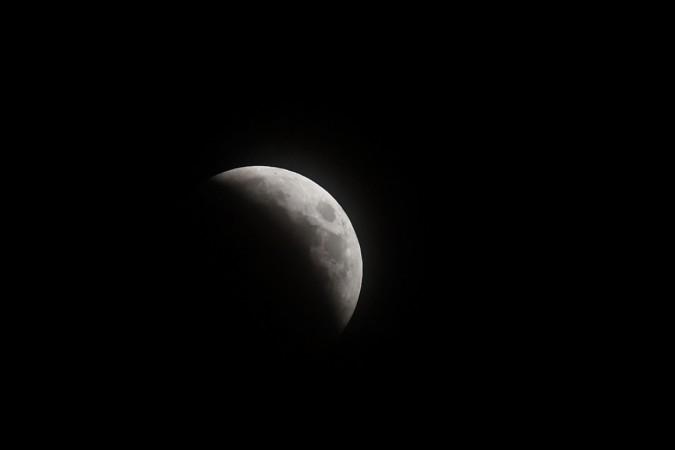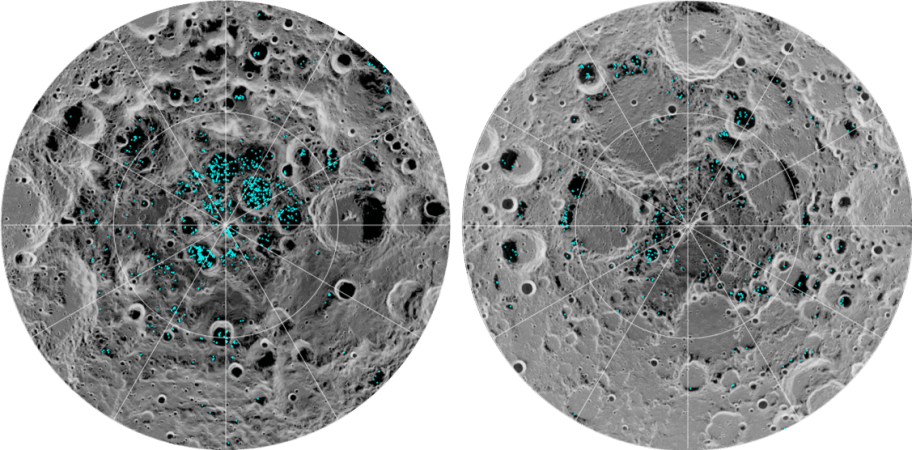
For the first time ever, scientists have directly observed definitive evidence of water ice on the Moon's polar regions. The Moon has bodies that resemble scattered ice caps, confirms NASA.
In a release put out by the space agency, researchers said that the ice deposits are "patchily distributed" and that it is likely to be ancient. At the Lunar south pole, ice was found mostly concentrated within craters found there, but the northern pole's ice is spread over a wider area, but is sparse, when compared to the south.
Scientists pooled in data from NASA's Moon Mineralogy Mapper (M3) instrument and looked for three identifying signatures to definitely prove that there is indeed water on the Moon. The team, led by Shuai Li of the University of Hawaii and Richard Elphic from NASA's Ames Research Center conducted the study.
M3, was originally launched by the ISRO in 2008 aboard the Chandrayaan-1 spacecraft, notes NASA. M3 was initially equipped to confirm the presence of solid ice on the Moon, and its results after ten years of study has finally paid off.
The satellite collected data that included both the reflective properties expected from ice, as well as directly measure the distinctive way water ice molecules tend to absorb infrared light. In fact the properties of solid water ice are different enough that scientists can actually tell exactly what they are looking at by the way IR interacts with ice, liquid water or water vapour, notes the report.

NASA says that a majority of the newly found ice is deposited within the shadows of craters near the poles, this is could be because, on the Moon's poles, the warmest temperatures do not ever exceed -121.1 degrees Celsius. The Moons axial tilt is ever so slight and sunlight never reaches the both poles, keeping it frigid.
While there have been previous observations of Lunar ice observed indirectly, which meant that there was a possibility of surface ice at the south pole, those observations could have been caused by reflective soil other such phenomena, says NASA. This is the first direct and indisputable evidence of water on the Moon.
There is enough ice on the Moon, within the top few millimetres, notes the report this could be accessible as a resource for future space travellers and expeditions to deep space, with water found there, it might even be possible to stay on the Moon.
The findings were published in the Proceedings of the National Academy of Sciences.









